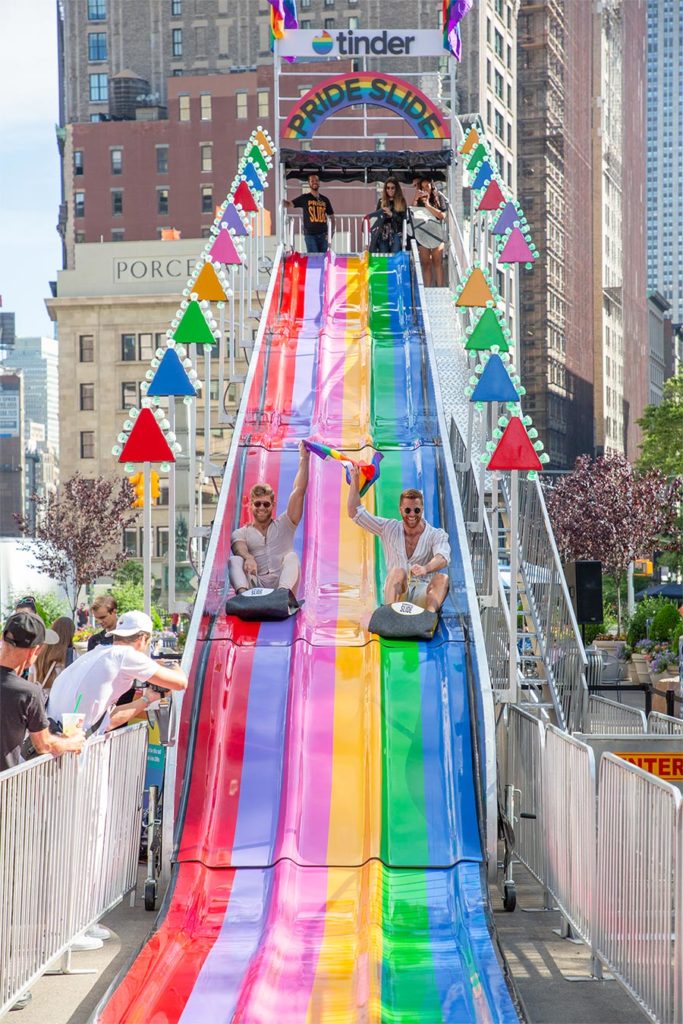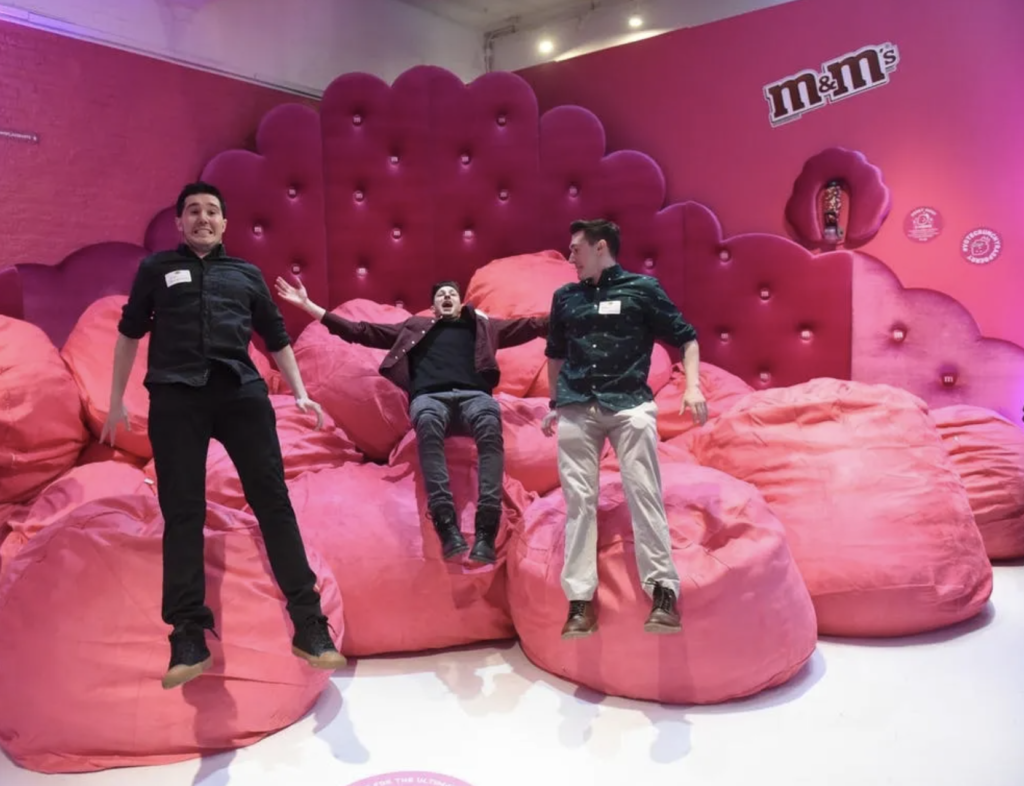Lean Cuisine took over Grand Central Station in New York City in 2016 with a gallery of what appeared to be scales. Then, they invited women to visit and “weigh in.” That might seem problematic for a frozen food brand whose marketing has traditionally been centered around weight loss but when visitors looked closer, they realized those weren’t actually scales; they were boards on which women could write down the actual way they wanted their lives to be measured. For example, being back in college at the age of 55 or caring for 200 homeless kids on a daily basis. Forget about pounds, body image or even low calorie dinners (since there was no actual food on site), Lean Cuisine was promoting the message that your life should be defined by far more than the number on the scale.

Without hawking a product, the Lean Cuisine team created a world where consumers could learn more about the brand’s bottom line and the rich values they stand by. Peppered with branded #WeighThis hashtag—for easy sharing on social media, of course—Lean Cuisine’s NYC moment has been celebrated as a very successful example of experiential marketing.
But What is Experiential Marketing?

Experiential marketing is a way to introduce a product, a brand or a service through an actual experience, including those where users have the ability to participate directly. Customers or potential customers are engaged through hands-on interactions with products or moments that reveal the brand’s values or themes. With plenty of room for personalization and live immersion, experiential marketing campaigns allow brands to create an emotional experience surrounding their offering.
Experiential marketing includes events, but also digital experiences and social media campaigns that go beyond the expected. This evolved take on marketing caters specifically to an audience that’s fatigued by seeing constant advertisements on Instagram, websites, billboards and fly posters and even listening to ads on podcasts. It helps break through the noise to connect with consumers in a manner that doesn’t overtly feel like it’s selling a product.
Experiential Marketing vs. Traditional and Digital Marketing
There’s no doubt that experiential marketing borrows from a few other conventional marketing tactics. For example, experiential marketing mirrors traditional marketing because it creates physical interactions with consumers by meeting them where they are in their own lives, whether that’s a local store or a busy street corner. It’s similar to digital marketing in that it can be personalized (for example to the market it’s in and to each customer that visits) and it’s interactive (whether that’s a free gift or thoughtful a moment for personal reflection).
One of the main ways experiential marketing differs from the usual approaches is that it doesn’t necessarily promote the sale of a product, instead creating a positive sentiment for the brand. This allows businesses to cultivate deeper relationships with consumers and help them feel like a part of a larger process or a greater purpose. The consumer can observe or get hands-on, without feeling like they’re being sold to or passively receiving the brand’s message.

That’s what M&M did when they opened M&M Flavor Rooms in 2018, a delicious way for consumers to test and have a hand in launching new flavors. To do this, M&M created a pop-up in New York City that had three different “flavor rooms” for guests to funnel through: crunchy raspberry, crunchy espresso and crunchy mint. Each room was designated to align with a specific flavor, with decor and fragrance to match. As you can imagine, this created a fully sensorial experience for visitors of every age. Featuring massive espresso machines and mugs to climb into, raspberry pink bean bags to lounge on and a faux snow pit to jump into, social-friendly photo ops were around every corner. With snacks and drinks to enjoy before voting for a preferred flavor, this M&M experience was just plain fun—and it didn’t feel transactional at all.
Why is Experiential Marketing Effective?
The success of experiential marketing lies in the aforementioned emotional connection it creates. At the end of the day, consumers are emotional beings and really do like being able to interact and have a touchpoint with something. While it might not lead to immediate sales, experiential marketing is helpful in fostering lifetime value and communicating brand awareness.

Plus, it offers a unique venue for explaining a brand’s “why” to customers, about why they should spend money on their products or creating a sense of trust for the brand’s services. By answering that question, consumers feel like they’re being catered to directly, all while getting a truly personal and memorable experience.
Plenty of experiential events are created through the lens of generating immediate media value; after all, 50% of guests who attend a branded event take and share between 2 and 5 pictures and videos to share as social content. Creating a branded hashtag helps integrate the IRL experience with the digital realm, reminding guests to share and allowing the brand to track not only how many posts were created but how much engagement they generated. And that free digital marketing? Well, it’s quite literally priceless.
